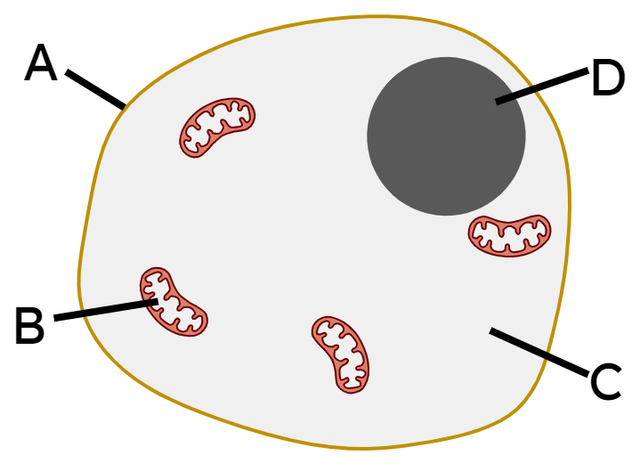Diffusion through the cell membrane
I can explain why some substances can diffuse through the cell membrane and others cannot.
Diffusion through the cell membrane
I can explain why some substances can diffuse through the cell membrane and others cannot.
These resources will be removed by end of Summer Term 2025.
Switch to our new teaching resources now - designed by teachers and leading subject experts, and tested in classrooms.
These resources were created for remote use during the pandemic and are not designed for classroom teaching.
Lesson details
Key learning points
- All substances, including the cell cytoplasm and substances within it, are made up of particles.
- Particles of some substances diffuse into and out of a cell by moving through small holes in the cell membrane.
- The particles that make up some substances are too big to diffuse through the holes in the cell membrane.
- The cell membrane is selectively-permeable because only some substances can diffuse through it.
- The net movement of particles through a cell membrane is down a concentration gradient.
Keywords
Cell membrane - All cells are surrounded by a membrane that controls what can enter and leave the cell.
Particles - All substances are made up of particles that are too small for us to see.
Diffusion - Diffusion is the net movement of particles of a substance down a concentration gradient.
Selectively-permeable - A material is selectively-permeable if some substances can move through it but others cannot.
Net movement - Net movement is the overall movement of particles from one area to another.
Common misconception
Thinking that all, or no, substances can diffuse through the cell membrane. Thinking that cells choose to take in particular substances, or that cells breathe or suck in substances such as oxygen.
The lesson explores the idea that particles of some, but not all, substances are small enough to diffuse through holes in the selectively-permeable cell membrane.

Licence
Prior knowledge starter quiz
6 Questions
Q1.All animals are made up of tiny living building blocks called .
Q2.Which organisms are made up of cells?
Q3.What is the name of the structure labelled A in the diagram of an animal cell?

Q4.Which diagram best represents the particles that make up the cell cytoplasm?



Q5.The particles of oxygen will move through the cell cytoplasm due to the process of ...

Q6.Which diagram is labelled correctly?




Assessment exit quiz
6 Questions
Q1.Which of these are features of the cell membrane?

Q2.Which statement about the cell membrane is true?

Q3.Who has the correct idea about the cell membrane?

Q4.Which type of particle will not move through the holes in the cell membrane?

Q5.The cell membrane is described as a -permeable membrane.
Q6.Which statement is true?



